Inshore Fishing Report

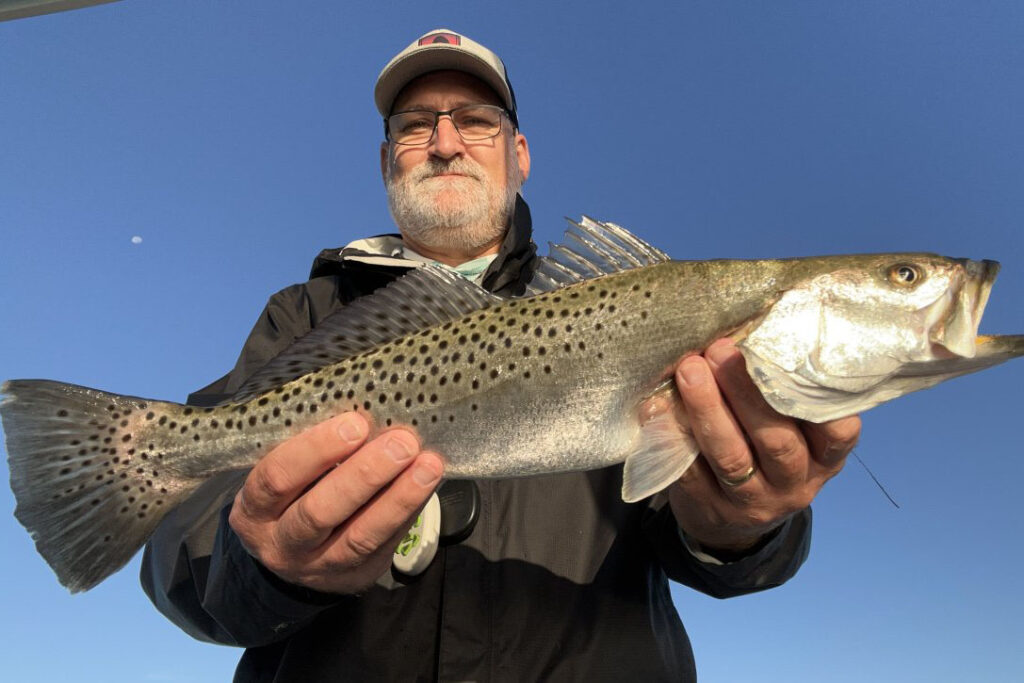











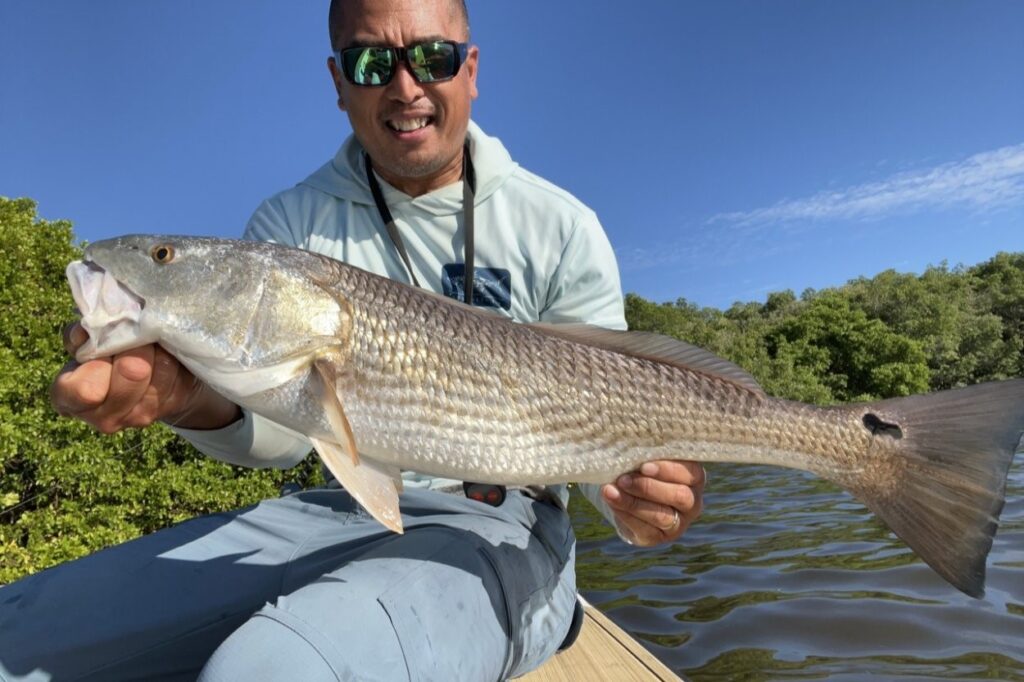


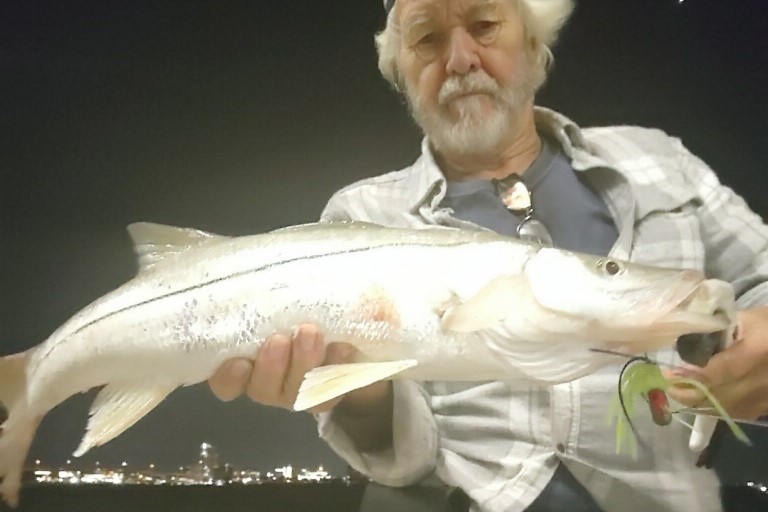
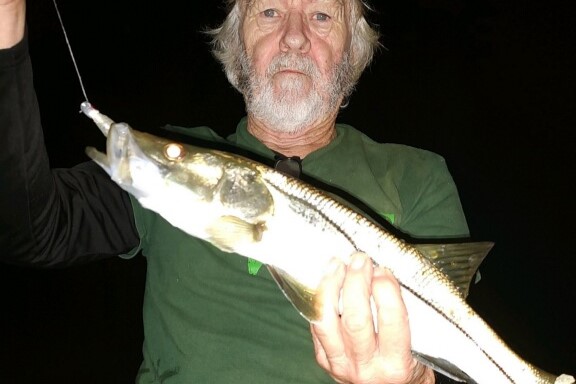
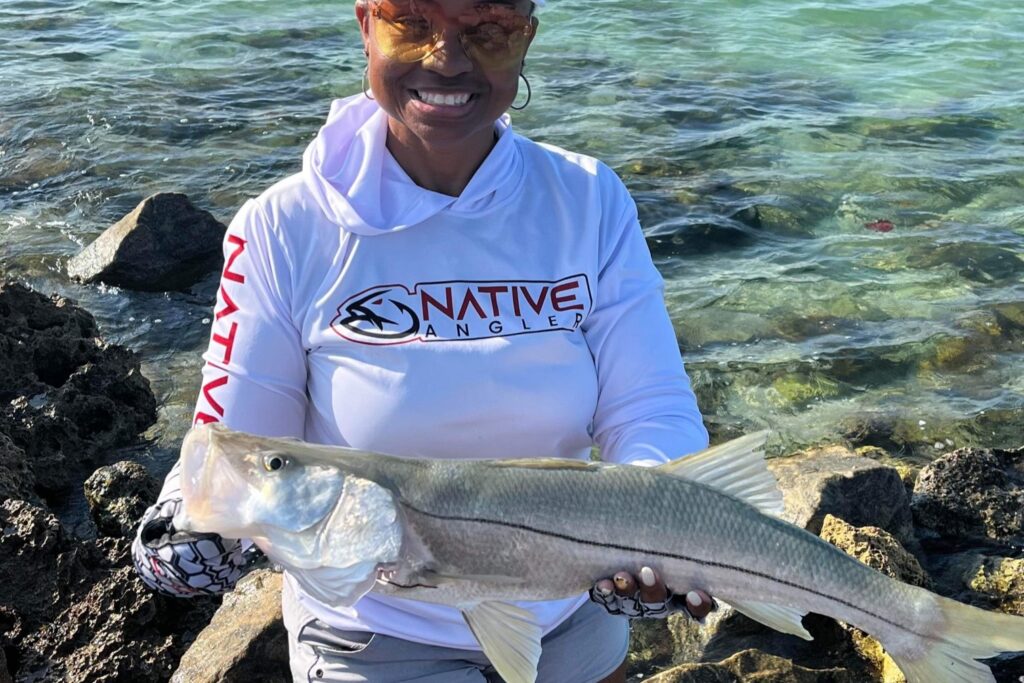














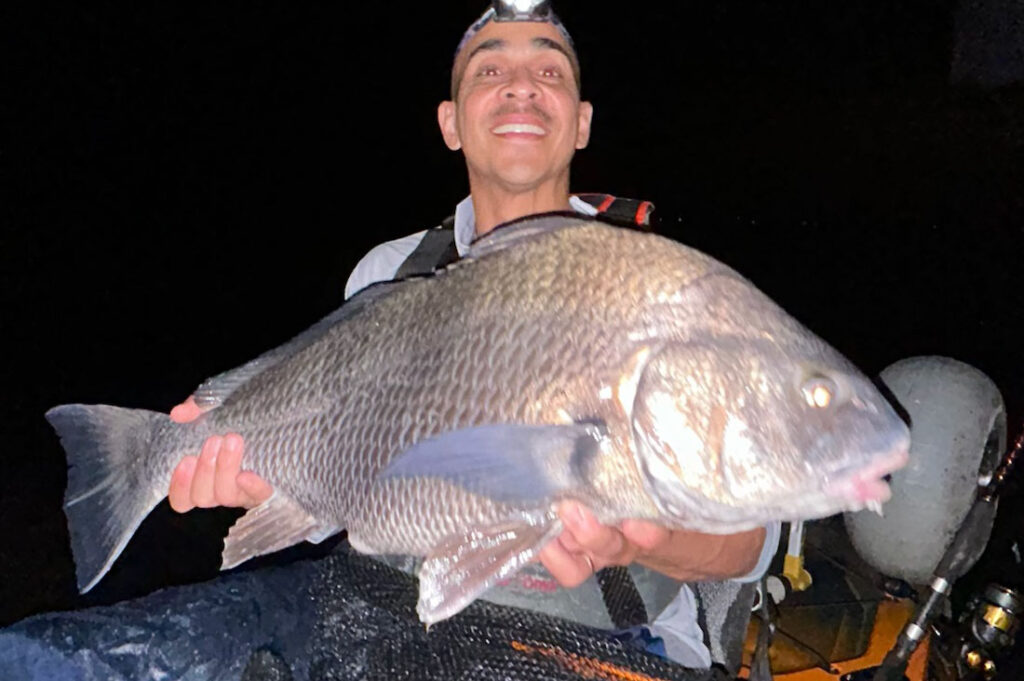


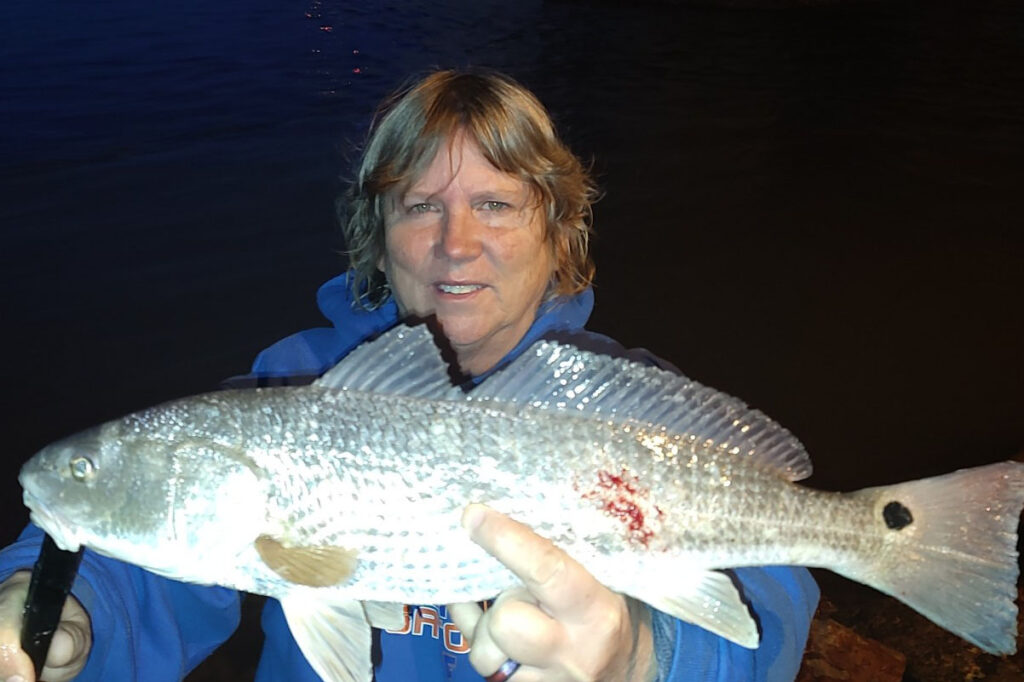






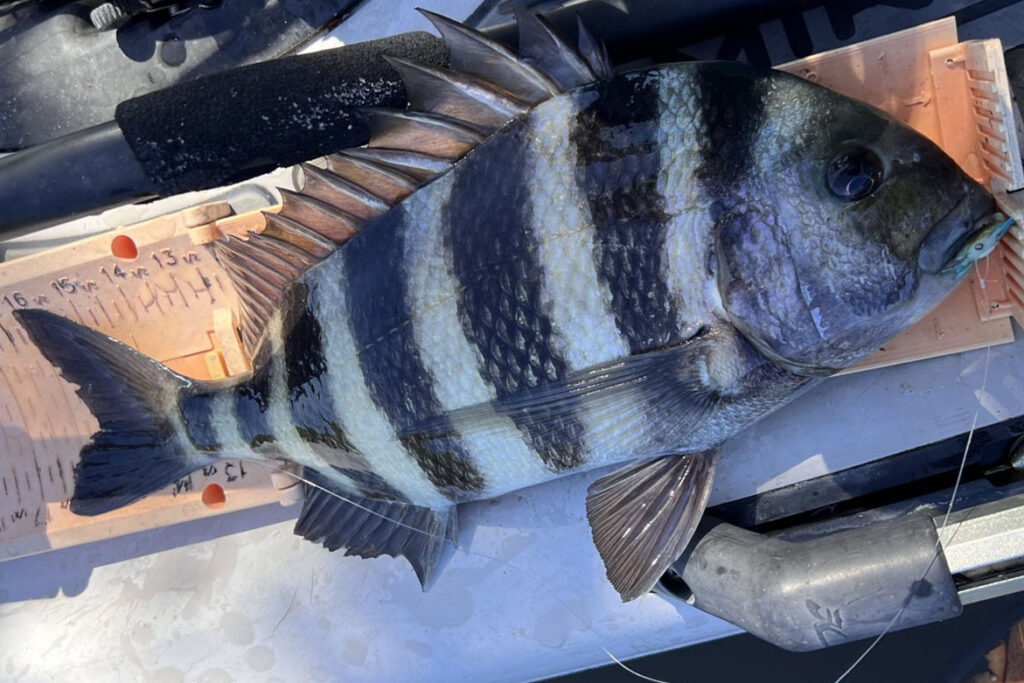




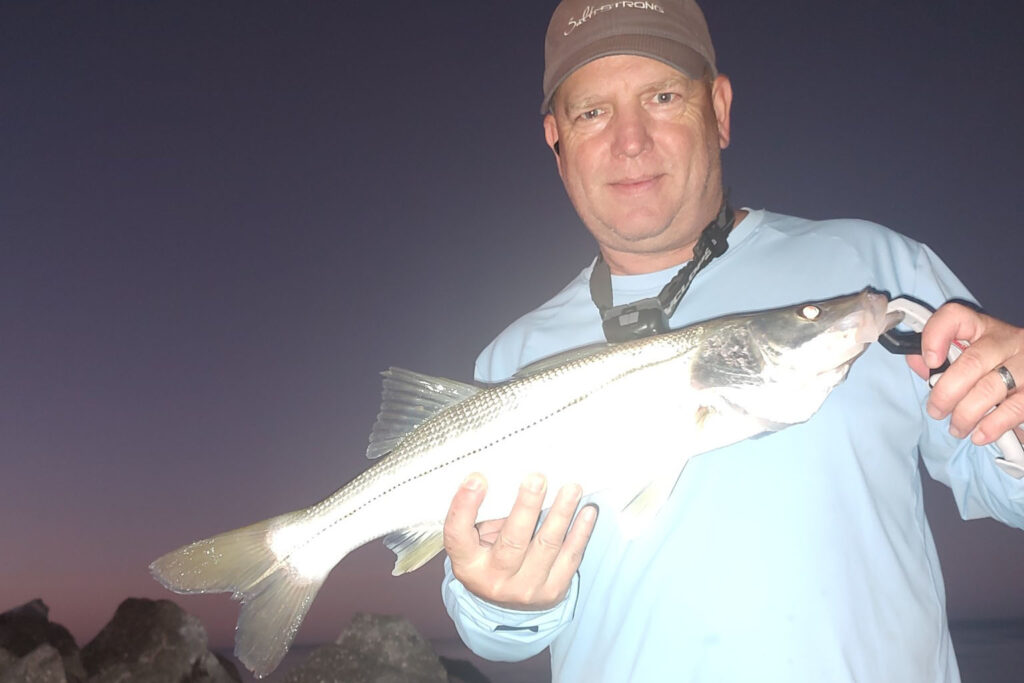







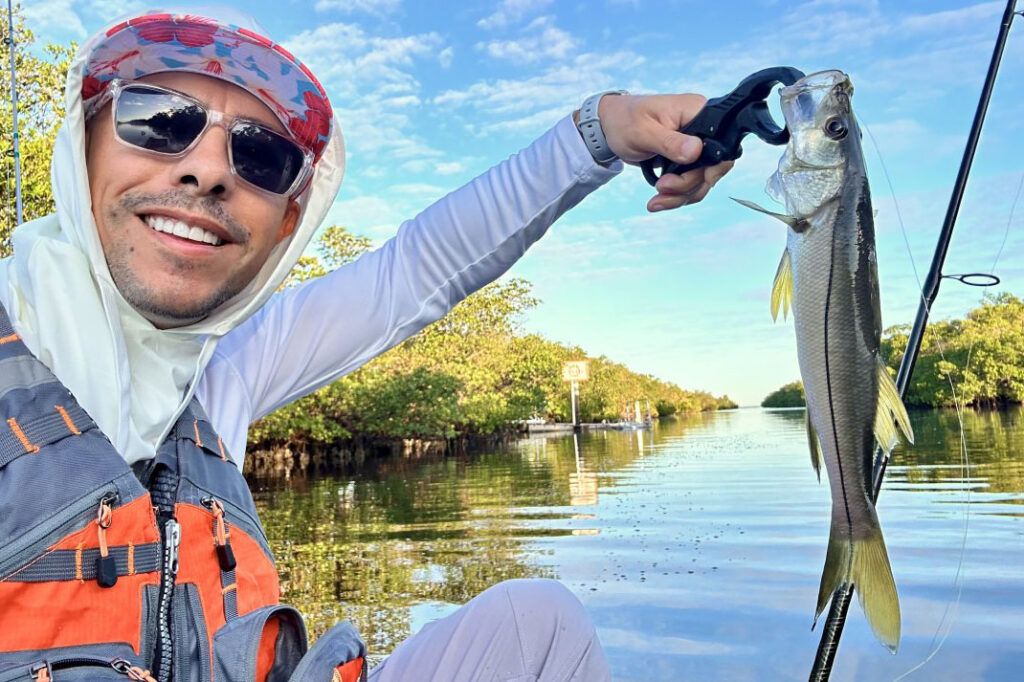




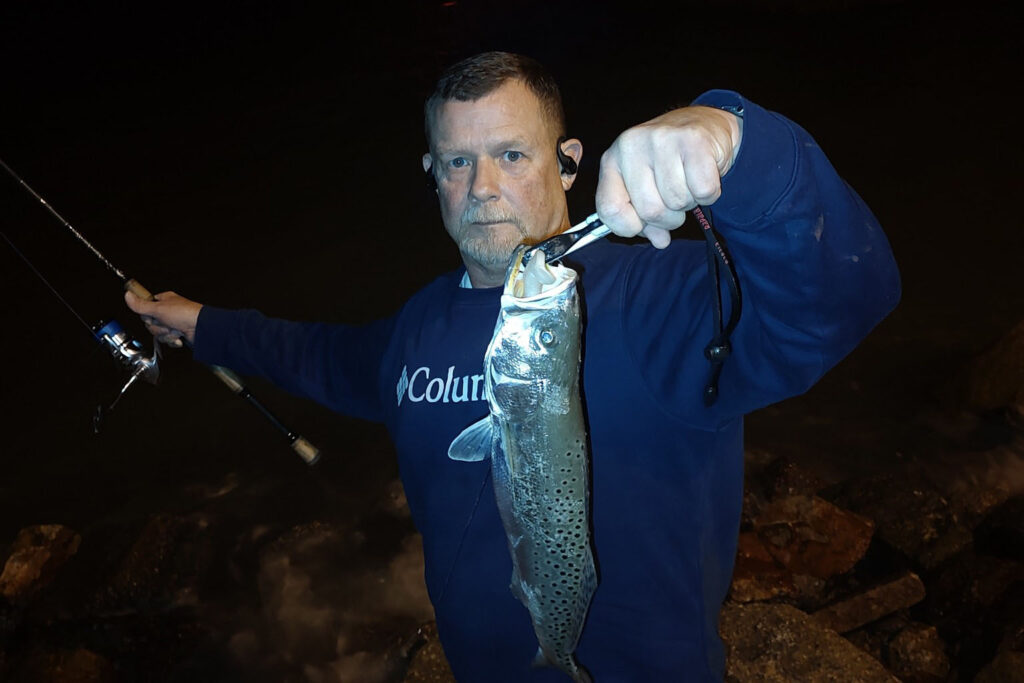




Snook on the Move
Snook are transitioning to their back bay and upper bay areas as cooler weather sets in. Look for them in shallow, dark mud-bottomed areas, where they stay warm during cooler conditions. There’s still some action around the passes, but the majority of snook are feeding heavily on their migration.
Redfish Prolific Across the Bay
The redfish bite is red-hot, with action reported virtually everywhere. From the beaches and jetty to docks, upper bay, and back bay areas, anglers are finding schools of redfish. These fish are aggressive and feeding actively, making them a prime target this week.
Flounder Action Heating Up
The flounder bite is picking up steam, with more fish being caught across the area. Target them near structures and sandy bottoms, where they ambush passing prey. Flounder are always a delicious addition to any angler’s catch.
Trout Abundance
Trout action is going strong, with larger fish showing up more frequently. At night, dock and bridge lights are hotspots for these speckled predators. During the day, focus on flats, mangroves, oyster bars, and even a few beaches. Trout often congregate in specific areas, so if you find one, there’s likely more nearby.
Pompano Showing Up Spottily
While pompano are still somewhat spotty, they’ve been cooperative overall. Use pompano jigs and bounce them along the bottom in cleaner water near sandy edges or flats for the best results.
Shark Action Picking Up
The shark bite has been steady, with bonnetheads, black tips, and bull sharks actively patrolling the inshore waters. These apex predators provide an exciting challenge for anglers looking to test their tackle.
Pro Tip: Keep an eye on water movement and bait activity around structures—these are key factors for success when targeting inshore species. Whether you’re after snook, redfish, trout, or any species really, these seasonal changes are creating prime fishing opportunities across the bay! Even if its moving water from wind, you find moving water where life is present like birds diving, bait action or mullet, near an area of structure like flats, oyster bars, docks, bridges or anything you have higher chances of finding actively biting fish.
Fishing Tips
- Snook: Use live baits like greenbacks, threadfins, and shrimp, or try flair hawks and soft plastics at night.
- Redfish: Look for them around mangroves, oyster bars, and flats, and use dead baits during higher tides.
- Trout: Target them with soft plastics, white bait, and shrimp around deeper flats and potholes.
- Tarpon: Target them during the full moon with crab flushes, making it an ideal time to target them.
- Flounder: Find them near sandy bottoms and structures, biting on bottom baits.
- Pompano: Be prepared to move frequently to stay on their bite.
- Sharks: Use big dead baits in areas with moving water.
Nearshore Fishing Report


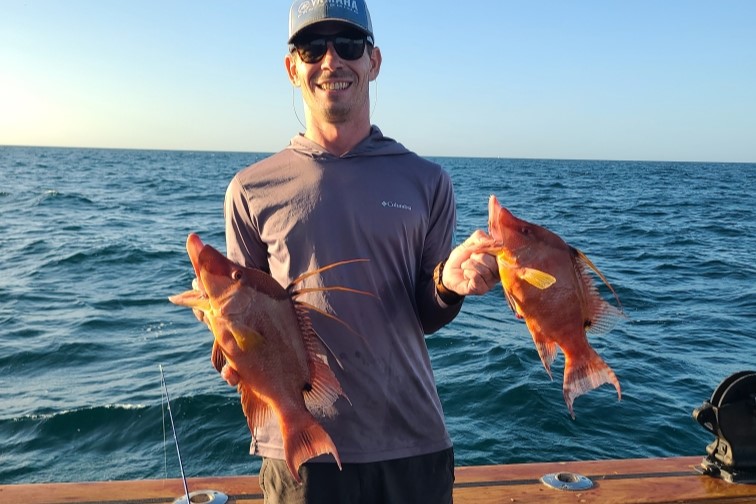





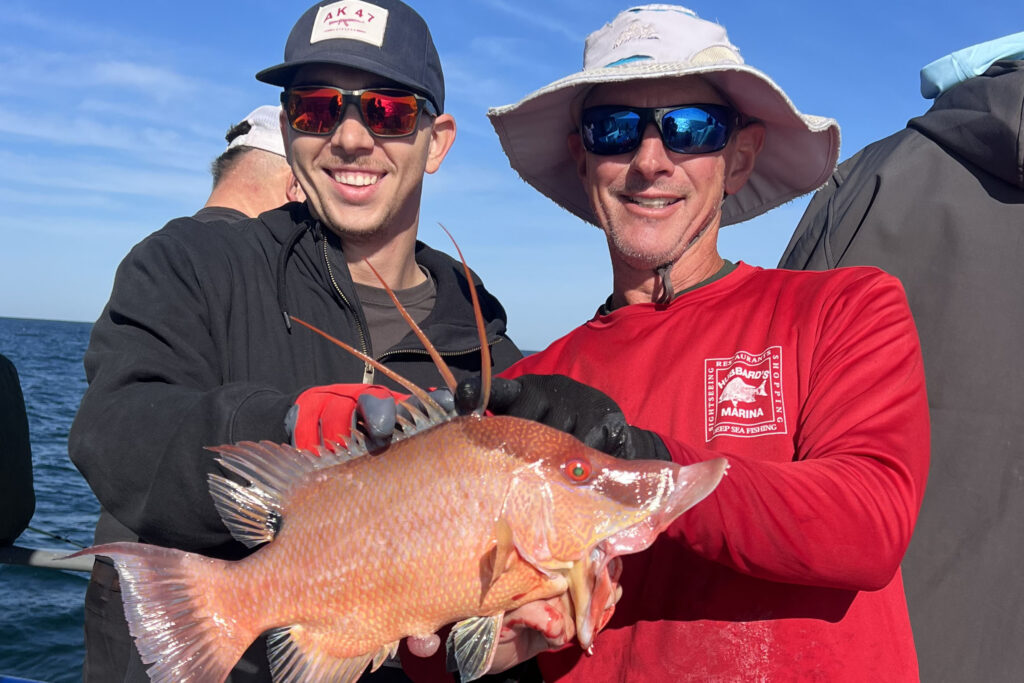
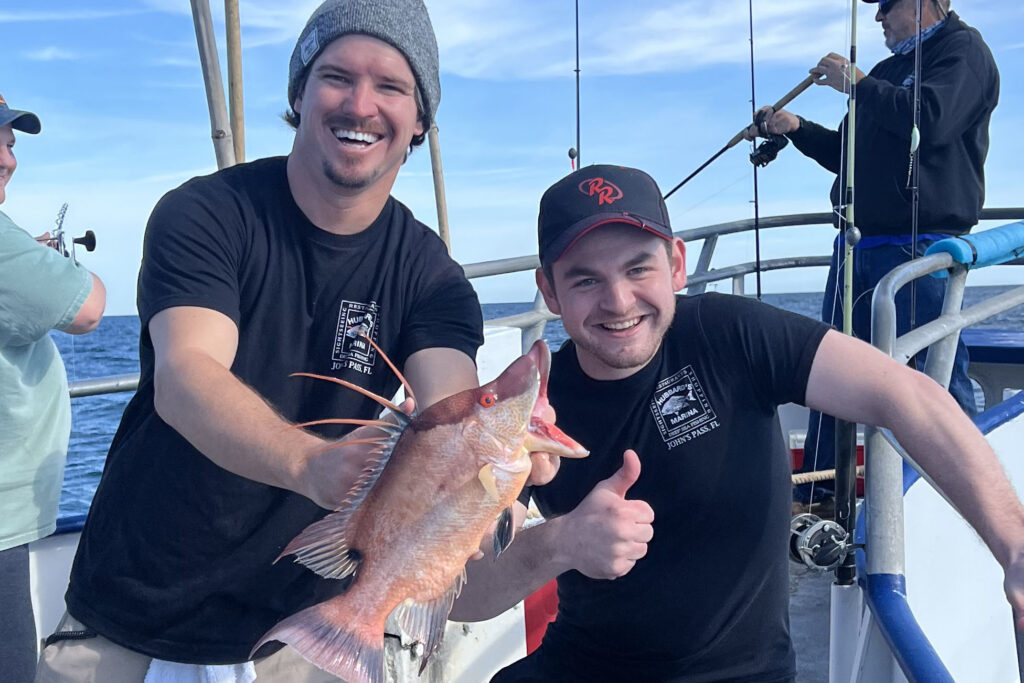

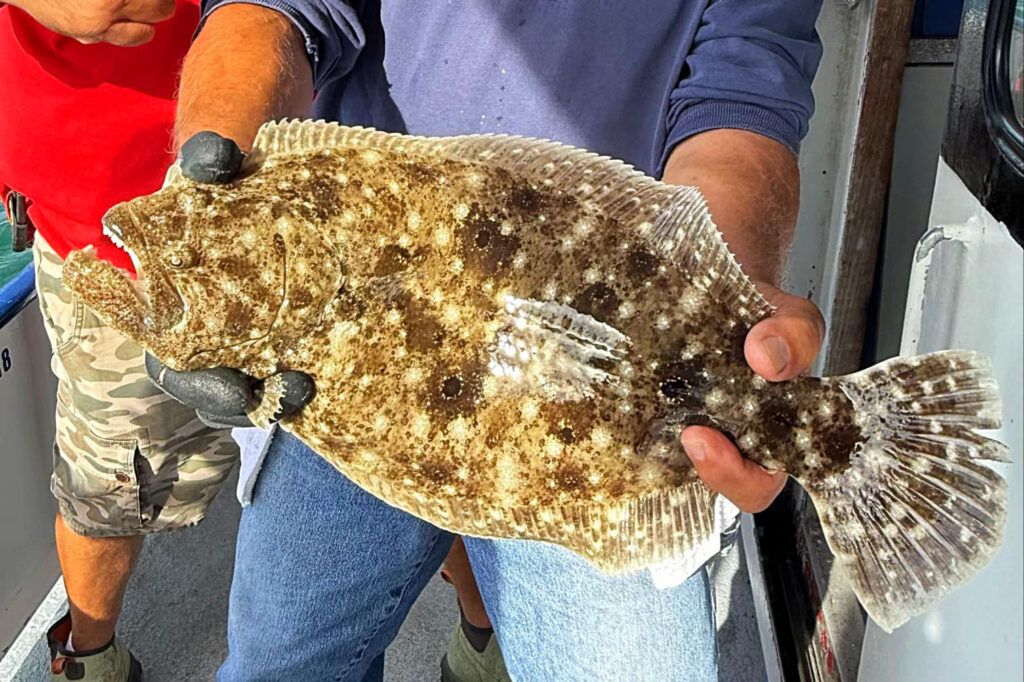
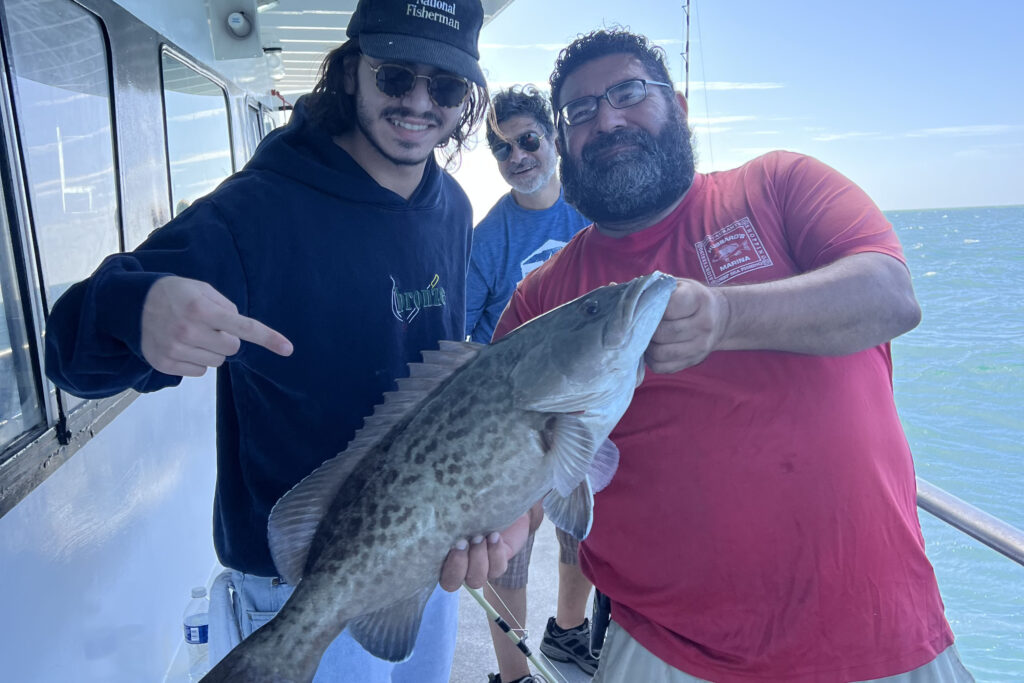




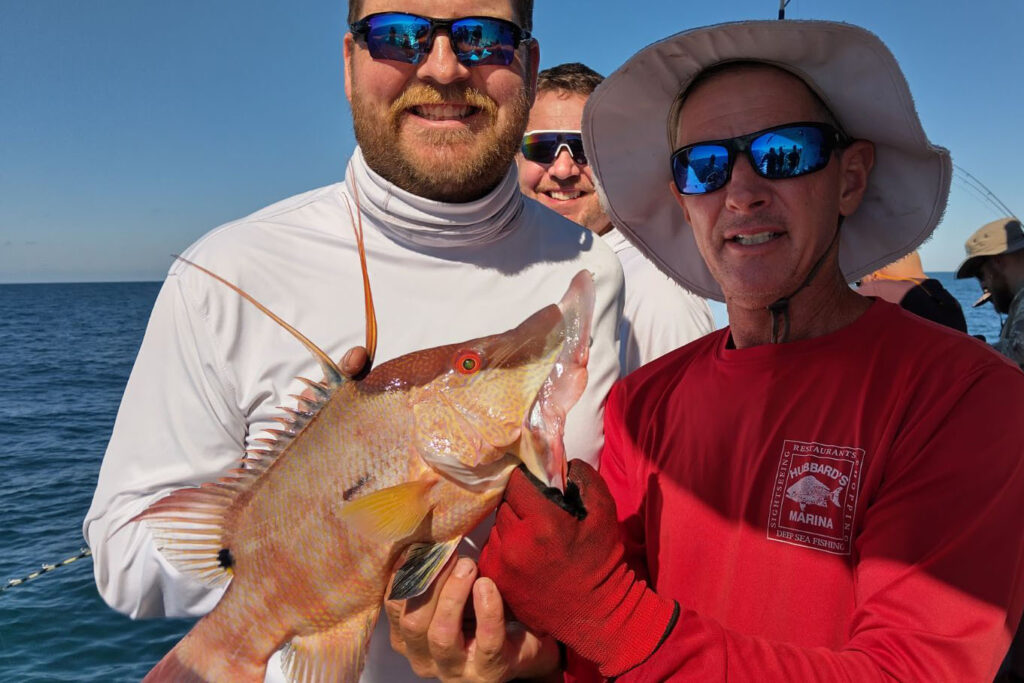








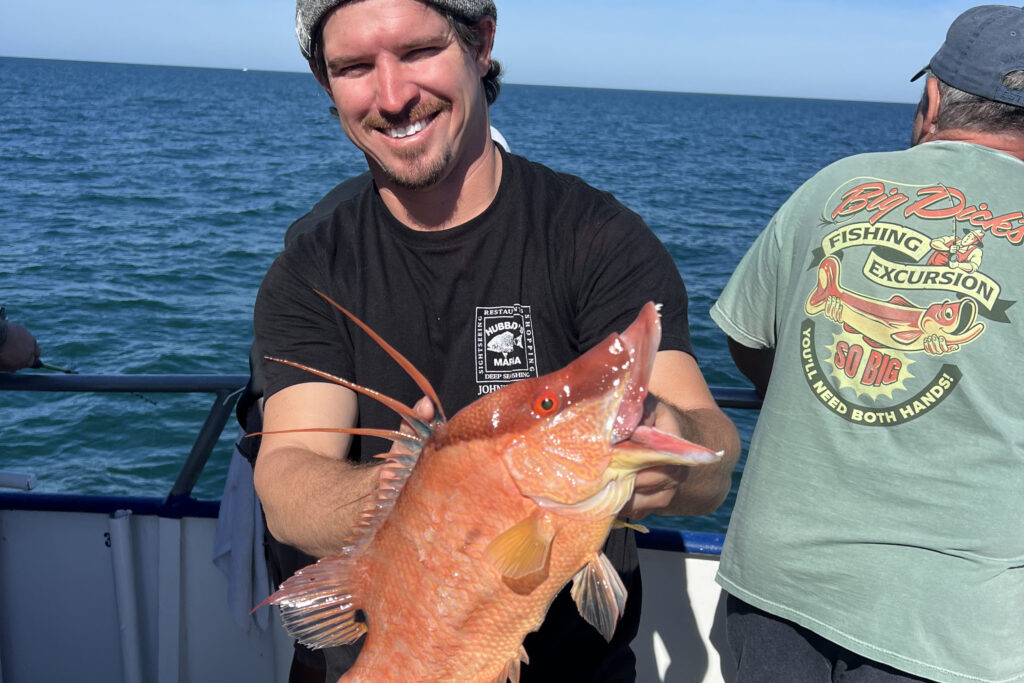
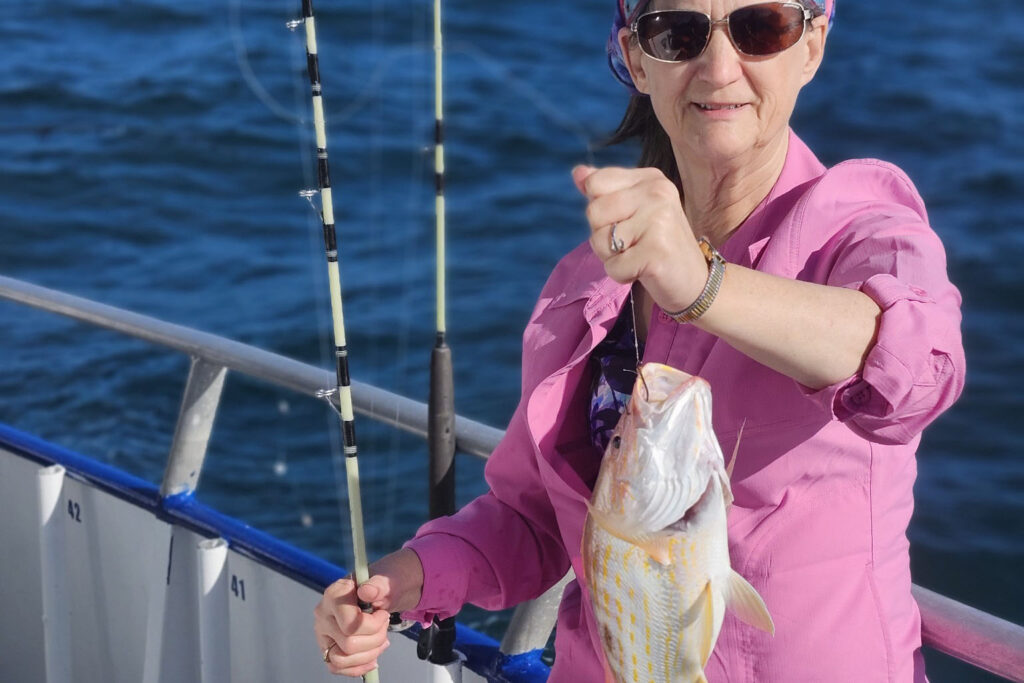

Hogfish Highlight
The hogfish bite remains the primary focus nearshore, with the 10-hour all-day trips producing the best catches. However, we’re also seeing some success on the 5-hour half-day trips. Live shrimp is the go-to bait, paired with 30lb fluorocarbon leaders, 3-4/0 hooks, and 1-2 ounce weights. A 4000-series spinning reel with 20-30lb braid works perfectly for these prized fish. Focus on smaller structures and shell bottom areas near ledges for the best results.
Mangrove Snapper Mixed In
While not the primary target, mangrove snapper are still being caught nearshore, often mixed in with hogfish catches. These fish are smart and quick, so lighter tackle and cut bait can help improve your chances.
Lane Snapper
The lane snapper bite is strong, but they remain closed for harvest until January 1st. We’re looking forward to resuming catches and keeping these tasty fish in the new year.
Porgies and Grey Snapper Abound
Plenty of heads and tails, including porgies and grey snapper, are biting consistently nearshore. These fish provide fun and steady action, making them a great option for anglers of all skill levels.
Help spread the word about what to do if you hook or entangle a bird. Never cut the line; instead, reel in the bird carefully to dehook and release it. If you accidentally hook a dock, break the line at the hook to avoid leaving any line in the water. Seabirds with fishing lines hanging from them are becoming more common, and this could lead to the closure of fishing areas.
Rising concerns about bird entanglements might result in closing fishing spots, impacting the few available locations around Tampa Bay from shorelines, docks, bridges, or piers. Learn more in our recent podcast with Salt Strong: https://www.saltstrong.com/articles/shutting-down-fishing-at-busy-pier/.
Fishing Tips
- Red Grouper: Target the deepest near shore waters with big dead baits or solid live baits. Use 60 lb test and 7/0 hooks for best results.
- Red Snapper: Use big dead baits like whole squid and bonita strips with heavy tackle to focus on larger fish. Prime trips include the 12-hour extreme, 39-hour, and 44-hour trips.
- Scamp Grouper: Use small to medium pinfish and cut threadfin, especially while targeting mangrove snapper.
- Mangrove Snapper: Near shore, use live shrimp and small chunks of threadfin on 30-40 lb test with 3-4/0 hooks. Offshore, use bigger chunks of cut threadfin or medium pinfish on 40-60 lb test with 5-7/0 hooks.
- Vermillion Snapper: Start around 100 feet of water using cut squid or threadfin. These fish are aggressive and not leader-shy.
- Yellowtail Snapper: Use shrimp, cut squid, and threadfin.
- Pelagic Species: Keep flat lines and pitch rods ready for sailfish, kingfish, wahoo, tuna, and mahi mahi.
Offshore Fishing Report






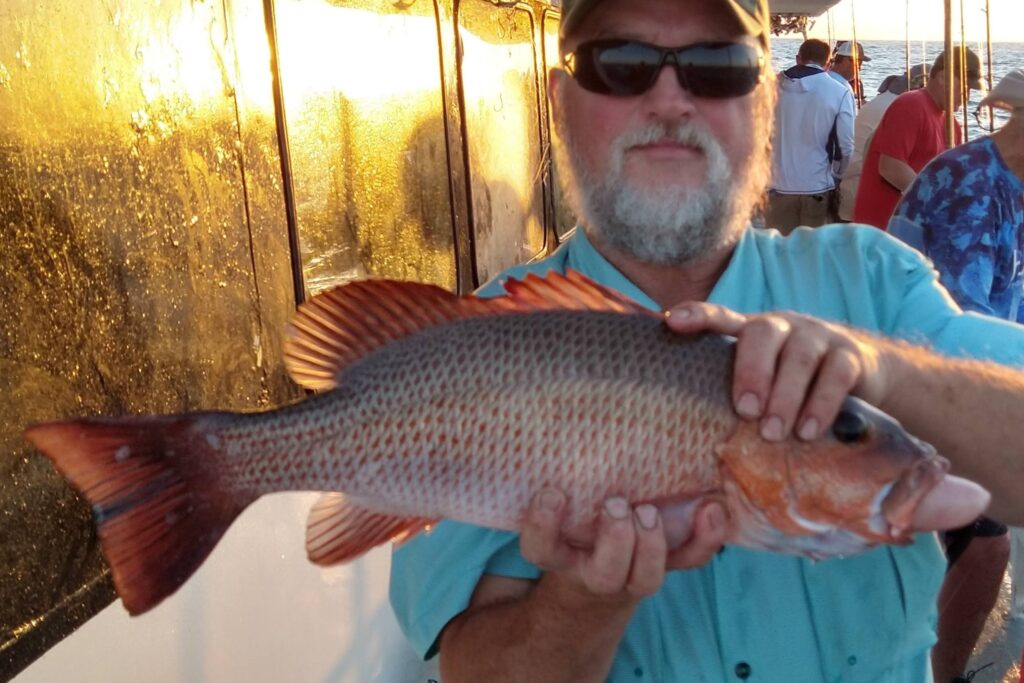
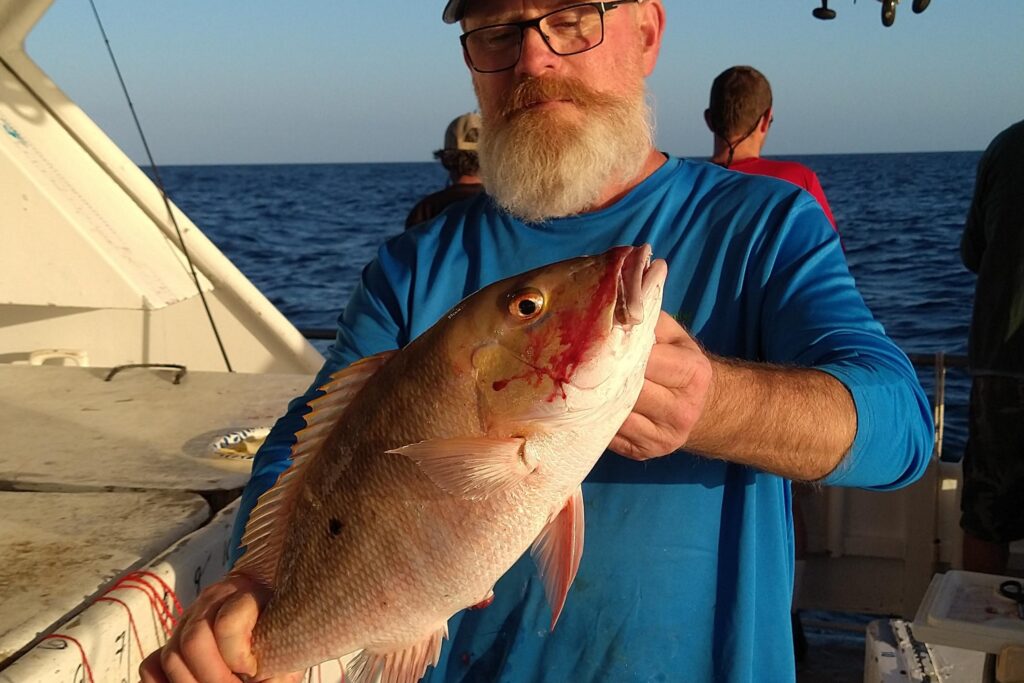





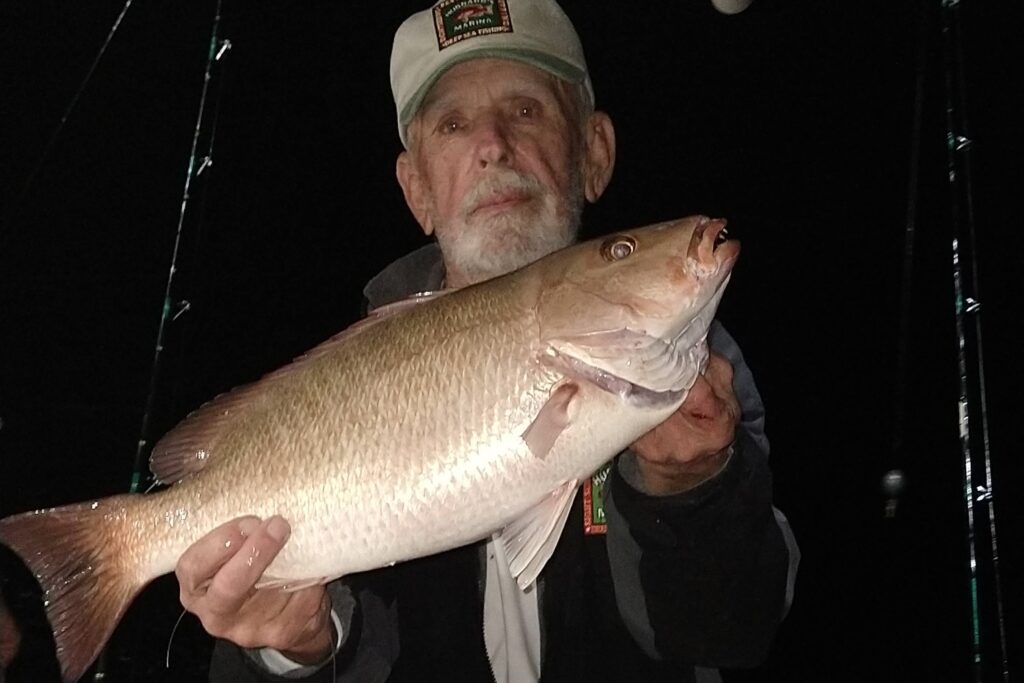




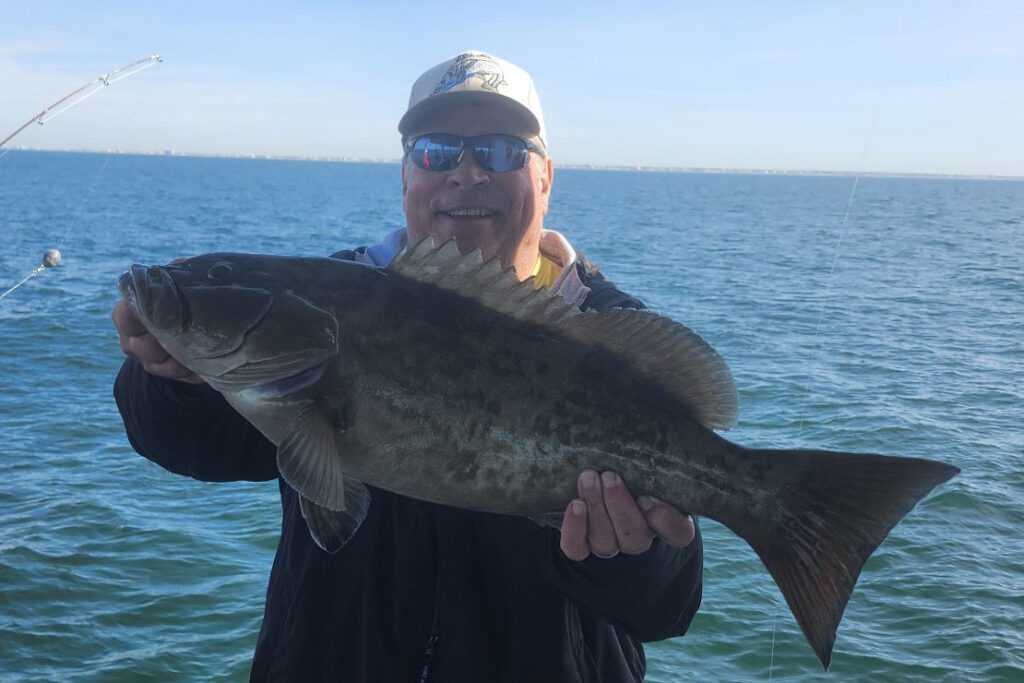

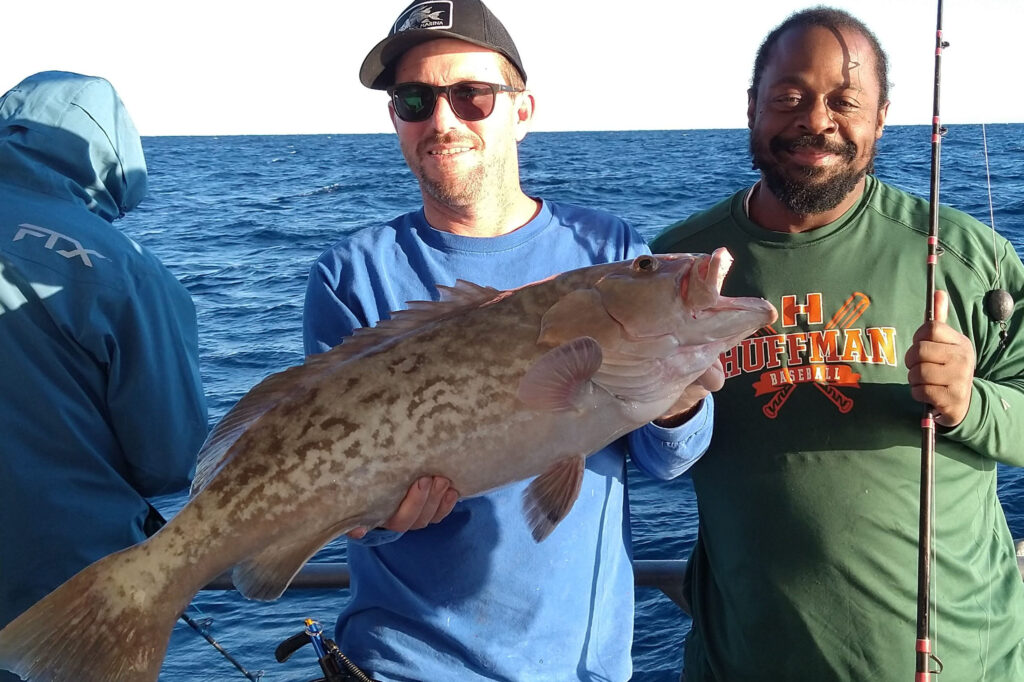



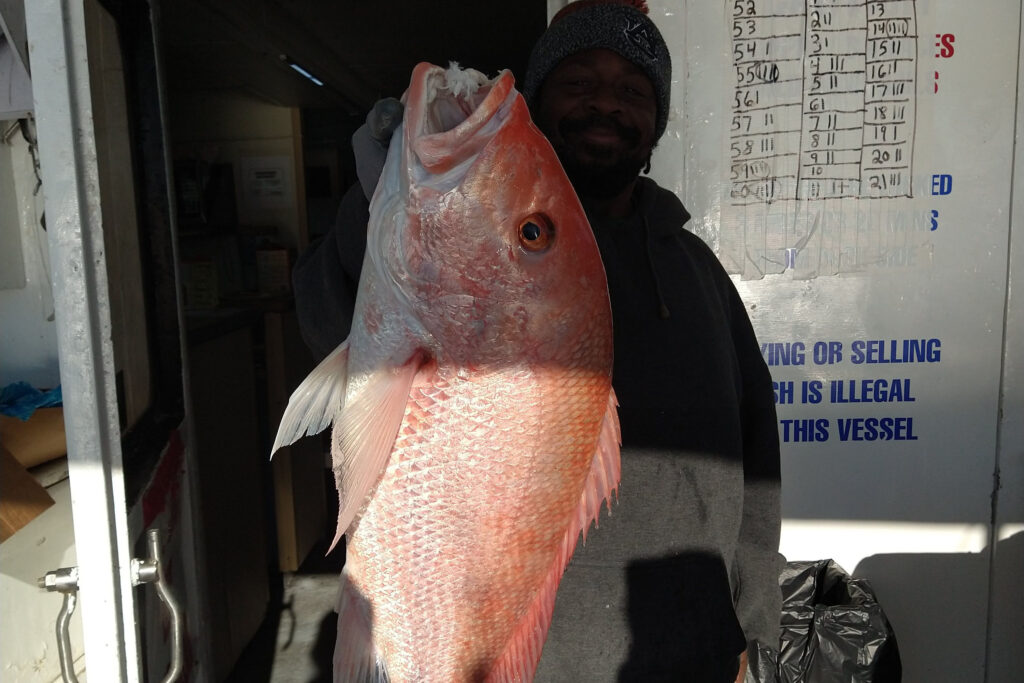
Red Snapper Season Reopened!
The long-awaited red snapper season is back, running from November 18th through December 31st. The red snapper bite is on fire, with big fish coming up on a variety of baits. For the largest snapper, use big dead baits like bonita strips, whole squid, or octopus. Whole threadfins with the tail cut and large live baits are also excellent options. Pair your bait with 60-80lb test line and a 10/0 hook to avoid smaller snapper and target trophy-sized fish.
Scamp Grouper Action
Scamp grouper are cooperating well offshore. Live bait, such as pinfish, and threadfins are both effective. These fish are fantastic table fare and are a rewarding catch for offshore anglers.
Triggerfish Bite Going Strong
Triggerfish continue to bite well offshore. These fish love small strips of squid or bonita, with their small mouths requiring compact baits. Triggerfish are a favorite for their excellent eating quality.
Yellowtail and Mangrove Snapper Prolific
Both yellowtail and mangrove snapper are biting prolifically. Yellowtails respond well to small pieces of squid or cut threadfin, while mangroves are hitting cut threadfin and live pinfish. These species provide consistent action and make for great table fare.
Pelagic Action Heating Up
The offshore pelagic bite has been on fire, with plenty of blackfin tuna, kingfish, and even some wahoo being caught. These thrilling game fish are showing up while trolling, flat-lining, or rigging near the surface, offering nonstop action for those targeting pelagics.
Triggerfish Tactics
The triggerfish bite is solid, with plenty coming up on small strips of squid or bonita. These fish are also being caught while targeting snapper, making them a great addition to offshore trips.
Pro Tip: Offshore fishing is at its peak right now, with a diverse range of species biting across the board. Whether you’re targeting snapper, grouper, or pelagics, make sure your gear is dialed in, and don’t forget to pack a variety of baits to match your target species.
Remember that when fishing in deeper nearshore and offshore federal waters, the Descend Act requires you to have a descending device or venting tool “rigged and ready.” If you know how to use a venting tool, keep it prepared. If not, here’s some helpful advice: https://bit.ly/3L5HTnv. Using a descending device is straightforward and doesn’t require as much precision or practice as venting. You can even get over $100 worth of descending device gear for free by taking a short course on barotrauma mitigation, which helps more fish survive. The course only takes about 10-15 minutes, and you can learn valuable techniques to protect our offshore fishery. Spread the word by visiting: https://returnemright.org/.
TERMS OF REFERENCE-
Inshore: This covers the areas from the inner bays, through the bridges, and right up to the beaches.
Near Shore: This includes the coastal waters from the beaches up to twenty miles offshore, or up to a depth of 100 feet.
Offshore: This extends from twenty miles offshore or from a depth of 100 feet and beyond.
For more fishing reports, photos, videos, and other content, check out Hubbard’s Marina on Facebook, Instagram, YouTube, TikTok, Twitter, Pinterest, or Snapchat by searching for @HubbardsMarina. Remember our family motto: “If you’re too busy to go fishing, you’re just too busy!” Thank you for reading our report.
Capt. Dylan Hubbard, Hubbard’s Marina
Phone or text: (727) 393-1947
Website: Hubbard’s Marina





